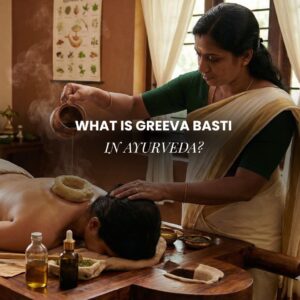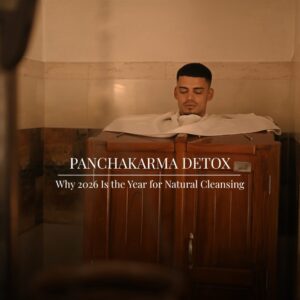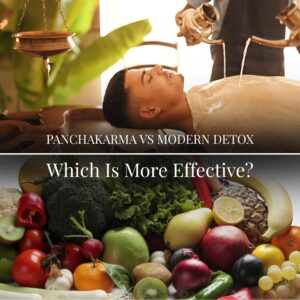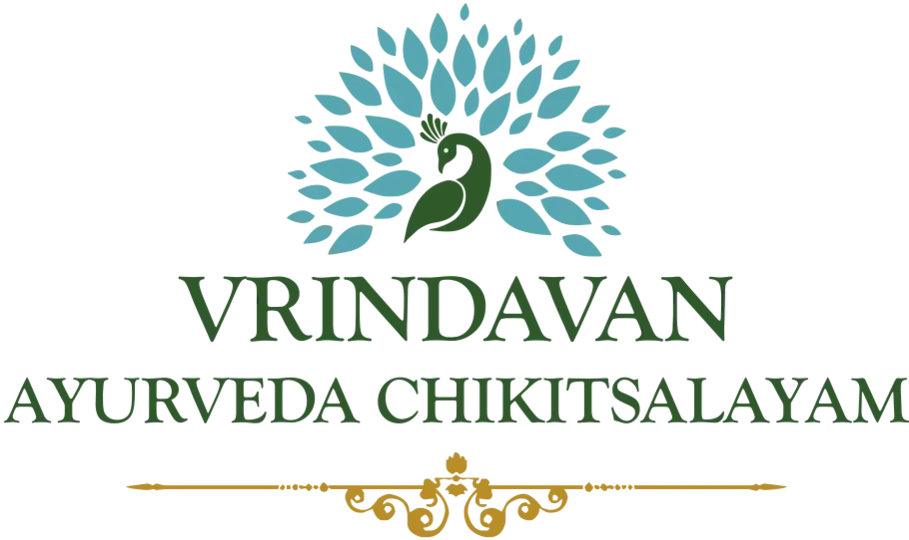According to research, strokes are a major cause of disability and the fifth most prevalent cause of death. While some stroke patients do fully recover, about two-thirds still have persistent physical impairments. Ayurvedic treatment for Stroke aims to help patients manage its physical symptoms so that they can hopefully resume their daily activities.
What is a Stroke?
A stroke is a potentially fatal condition that happens when the blood supply to the brain is reduced or ceased. This may be due to bleeding or blockage of the blood supply to the brain.
As a result, the affected area of the brain cannot function normally, leading to an inability to move one or more limbs on one side of the body, an inability to understand or form words, or vision loss affecting one side of the visual field.
What are the Common Types of Strokes?
There are three main types of strokes:
- Ischemic Stroke: Ischemic stroke occurs when a blood clot obstructs a blood vessel supplying blood and oxygen to an area of the brain.
- Hemorrhagic Stroke: This is a type of stroke in which a blood vessel in the brain ruptures. These are usually caused by Arteriovenous Malformations (AVMs) or aneurysms.
- Transient Ischemic Attack (TIA): This type of stroke does not cause brain damage and is temporary. Commonly known as “ministrokes”, they are considered a precursor to a stroke.
Common Symptoms of Stroke
The specific symptoms of stroke vary depending on the part of the brain affected. Since stroke usually occurs suddenly, symptoms may appear quickly and intensely. Some of the common symptoms include:
- Sudden Numbness or Weakness in the face, arm, or, leg
- Confusion or difficulty in speaking and understanding speech
- Trouble seeing in one or both eyes, blurred vision, or double vision
- Sudden dizziness, loss of balance, or lack of coordination
- Severe headache and facial drooping
- Difficulty Swallowing
Causes of Stroke
Stroke can be caused by several factors that lead to either a blockage of blood flow to the brain or bleeding within the brain. Some of the common causes are –
- Formation of blood clots in the blood vessel in the brain or neck
- High Blood Pressure and high cholesterol weaken the blood vessels in the brain
- Trauma to the head can cause bleeding in the brain
- Heart diseases or Blood Disorders like sickle cell increase the risk of stroke
- Smocking, excessive alcohol consumption, obesity, diabetes, and sedentary lifestyle
Effective Ayurvedic Treatment for Stroke
In Ayurveda, Stroke is referred to as “Pakshaghata” or “Paksha-Vadha” which means paralysis or hemiplegia. Primarily, Stroke is associated with the imbalance in the Vata Dosha. Also, when Vata becomes aggravated, it leads to disruptions in the nervous system.
Additionally, the vitiated Vata Dosha affects Siraa’s (vascular structures) and Snayu’s (tendons and ligaments) of one half of the body and face. It has been observed that Ayurvedic treatments for Stroke are useful in providing relief from major complaints and improving the overall well-being of the patient.
Ayurvedic treatments for stroke include Snehana, Swedana, Virechana, Basti karma, and Shirodhara along with internal medication which is mentioned in the Ayurvedic text. One of the main Ayurvedic methods for treatment is panchakarma.
Furthermore, it works well for almost all neurological conditions as it improves the functioning of the peripheral nervous system. Also, the treatment helps in restoring the brain’s motor and sensory abilities. Natural antioxidants and internal medications enhance blood flow to the brain, rejuvenate brain cells, and reduce cell death.
Natural Ayurvedic Treatment for Stroke at Vaidyaratnam Vrindavan Ayurveda Chikitsalayam
VVAC is renowned as the best Ayurvedic hospital for stroke in Baddi, located just a few kilometers away from Chandigarh.
Kerala is known for its extensive and unbroken tradition of Ayurveda and for using specific Ayurvedic therapeutic techniques. Patients with strokes find it difficult to go to Kerala, thus VVAC offers the same care in Baddi.
VVAC has the legacy of Vaidyaratnam, Kerala, and has Ashtavaidyan who has wide knowledge and experience in treating chronic disease. Also, Ashtavaidyans are traditional Ayurvedic physicians of Kerala and are masters of the eight branches of Ayurvedic medicine.
With a focus on traditional principles, our experts help you reclaim your well-being by offering first-class facilities and therapeutic methods. Here medical professionals treat patients by combining centuries-old wisdom with cutting-edge research to unleash the body’s natural ability to heal. Further, we have a humble list of thousands of satisfied patients.
To increase vitality and balance the vitiated doshas, we offer personalized treatment plans for stroke that combine traditional Ayurvedic treatments, medications, dietary changes, and lifestyle upgrades.
Our collection includes over 100 unique herbs, 600 different types of medications, and a variety of medicinal oils manufactured by professionals in Vaidyaratnam, Kerala.
The hospital campus is spread over 25 acres and is famous for its healing properties due to its lush green surroundings.
Panchakarma Therapies for Stroke Rehabilitation
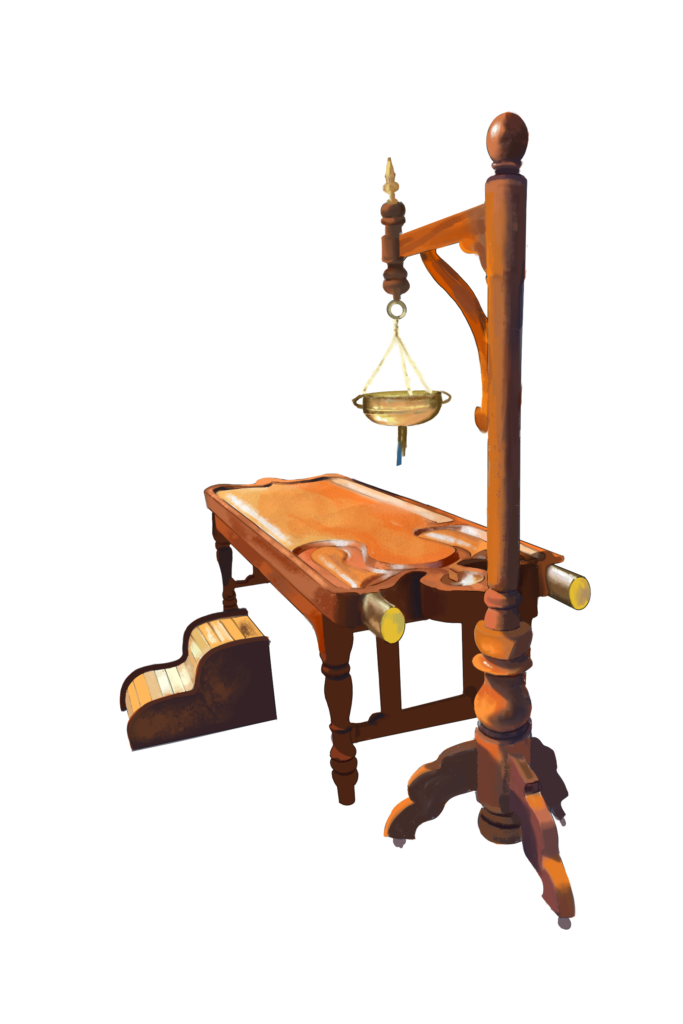
- Nasya Karma (Nasal Administration): A lack of blood and oxygen flow to the brain causes stroke. Nasya, or nasal administration, is the practice of administering medicinal oils or herbal mixtures through the nose. Further, this medicine reduces swelling in the brain and improves blood flow by clearing the nasal and brain channels. Also, it provides a significant and quick improvement in facial paralysis.
- Udwartana (Powder Massage Therapy): Applying medicated powders to the body in upward motions is known as Udwartana. Additionally, this therapy refreshes and revitalizes your body and helps nourish and strengthen the nerves and muscles. Also, it helps in balancing the aggravated Vata Dosha, which is the root cause of paralysis and stroke.
- Basti (Medicated Enema): In Basti therapy, herbal decoctions, herbal ghee, or oil, are administered rectally to balance Vata Dosha and release accumulated toxins. Different forms of Basti are used in Ayurvedic treatment for paralysis and stroke, depending on the origin of the conditions and doshic involvement. Lastly, Basti is beneficial in the management of chronic or long-standing cases of stroke.
- Shirovasti: It nourishes the brain, strengthen the nerves, and improves cognitive function by reducing the symptoms of paralysis, anxiety, and stress.
- Shirodhara (Dripping therapy): Using the Shirodhara technique, medicated oil is repeatedly poured onto the forehead. It mainly helps in reducing stress and tension, which calms the person and increases blood flow to the brain.
- Abhyangam Massage: To balance Vata and improve the blood circulation, medicated oils like Mahanarayan are used.
Herbs Used for Stroke
- Ashwagandha (Withania Somnifera): Ashwagandha, also called Indian ginseng, has been used for centuries as a nerve tonic. It contains antioxidant properties that may help maintain neurological function.
- Brahmi (Bacopa Monnieri): It has been observed that Brahmi can reduce the risk of stroke. According to studies, Brahmi can protect the brain from ischemia attacks, which are often associated with stroke. It helps improve muscle coordination, enhance memory, and reduce the size of damaged brain tissue.
- Guggulu (Commiphora Wightii): Being resinous, Guggulu has strong anti-inflammatory and lipid-lowering effects. It increases blood flow and reduces the risk of stroke by reducing the accumulation of plaque in the arteries.
- Shankhapushpi (Convolvulus Pluricaulis): Shankhapushpi is believed to have properties that can reduce inflammation and enhance nerve function. This herb has been found to work well for treating both acute and long-term paralysis. Shankhapushpi is often used in herbal mixtures with other herbs to create a therapeutic paste that can be applied externally or taken orally.
- Bala (Sida Cordifolia): The herb nourishes the nervous system and helps in the regeneration of tissues.
- Dashamoola: A group of ten roots that alleviates Vata disorders.
Recommended Diet to Recover from Stroke
- Consume warm, moist, and easily digestible foods like cooked grains, warm milk, and soups
- Take unsaturated fats, such as olive oil or avocado oil
- Eat low-fat dairy products, such as yogurt or skim milk are beneficial
- Take antioxidants rich food such as nuts and seeds
- Avoid processed baked foods, such as white bread, cakes, and pastries
- Stay away from foods loaded with saturated fats, such as red meat
- Avoid foods that contain added sugars and are high in added salt
Yoga and Pranayama as Ayurvedic Treatment for Stroke
Adding yoga to stroke rehabilitation therapy helps to increase flexibility, improve balance, increase strength, and a greater range of motion. Also, Yoga helps in improving flexibility and coordination.
- Sukhasana (Happy Pose)
- Tadasana (Mountain Pose)
- Trikonasana (Triangle Pose)
- Vajrasana (thunderbolt or diamond pose)
- Ustrasana (Camel Pose)
- Setu Bandhasana (Bridge Pose)
- Bhujangasana (Cobra Pose)
- Setu Bandhasana
- Paschimottanasana (Seated Forward Bend Pose)
Pranayama (breathing exercises) is beneficial in Stroke rehabilitation, as it helps in calming the mind and improves the oxygen flow in the body. Some of the Pranayama are Anulom Vilom, Bhramari, Ujjayi, and Kapalbhati helps the patients with Stroke.

Meditation and Mindfulness
Daily meditation practices like mindfulness reduce stress, and improve focus or mental clarity. These practices help in reducing anxiety, improving cognitive function, and promotion of positive outlook towards recovery.
FAQs on Ayurvedic Treatment for Stroke
- Can stroke be cured in Ayurveda?
Ayurvedic stroke treatment aims to enhance the body’s natural healing systems, reduce inflammation, and increase circulation. This may include herbal supplements and panchakarma treatments to increase blood flow, reduce clotting, and protect the brain from additional damage.
- Are there any side effects of Ayurvedic treatment in stroke patients?
Although Ayurvedic treatment of stroke is generally considered safe, some herbs and treatments may interact with other medications or cause unwanted effects. Always seek advice from a registered Ayurvedic professional prior to start any treatment.
- What are the Ayurvedic herbs for Stroke?
Ayurvedic herbs such as Ashwagandha, Guggulu, Shankhapushpi, and Brahmi are recommended for the treatment of stroke. Further, these herbs are thought to assist general brain health, reduce inflammation, and enhance blood circulation.
- Is there a permanent cure for stroke in Ayurveda?
Ayurvedic treatment for stroke involves addressing the underlying cause of stroke. This disease occurs due to the vitiation of Vata dosha, the body becomes dry and the person loses control of sensations and movements. Also, Detoxification therapy, diet modification, and stress reduction techniques are necessary for its rehabilitation.
- What lifestyle changes are recommended after a stroke?
Ayurvedic lifestyle changes for stroke rehabilitation may include regular exercise, getting adequate rest and sleep, and engaging in stress-reducing practices like yoga and meditation.

